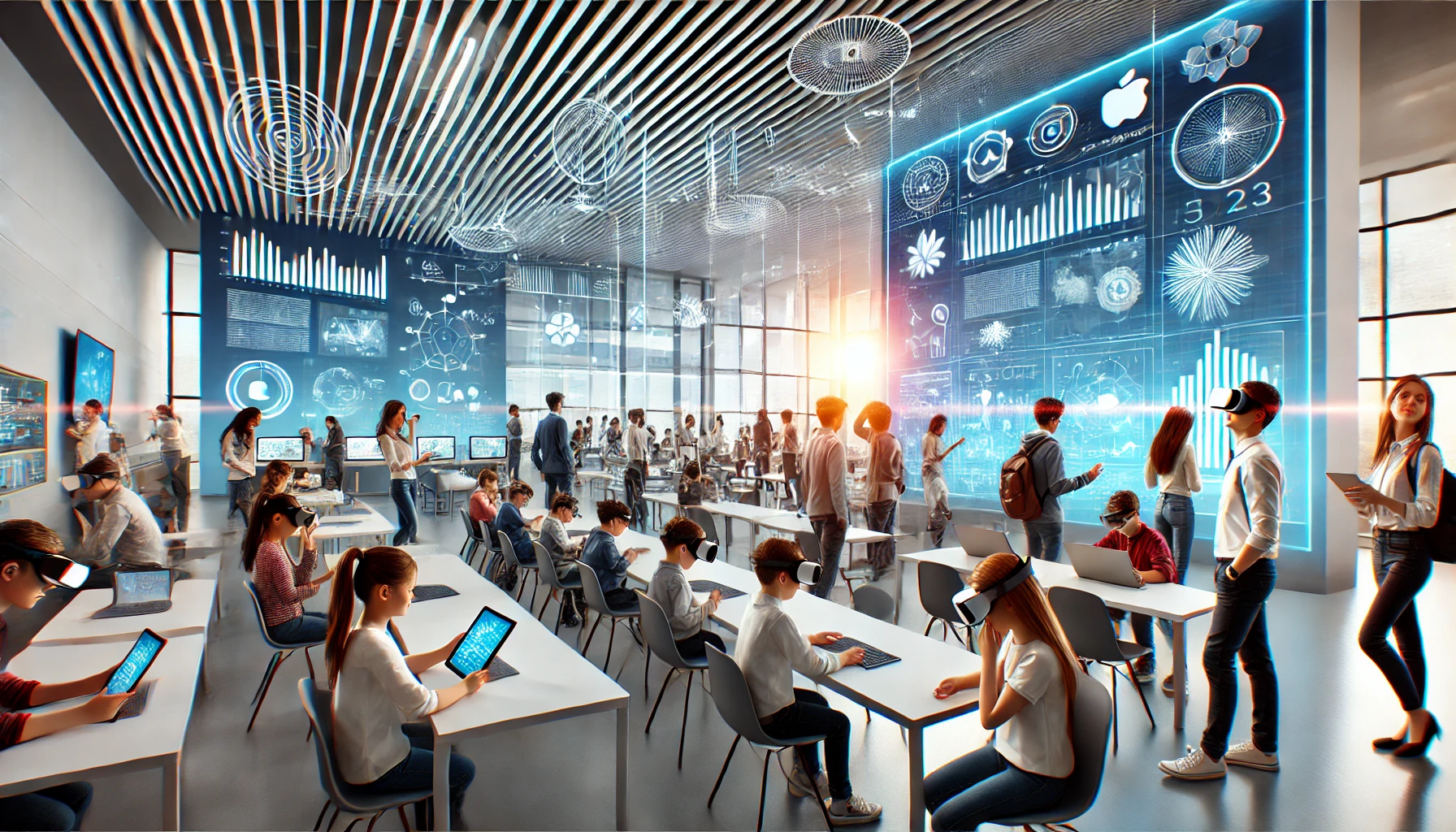
Educational Evolution: New Learning Platforms Reshape Student Experiences
Education has undergone a profound transformation over the past few decades, and at the heart of this revolution are innovative learning platforms. These platforms are redefining how students engage with educational content, interact with peers and educators, and develop skills for the future. In a rapidly digitizing world, traditional classrooms are no longer the sole epicenters of learning. Instead, a myriad of online and hybrid platforms have emerged, offering tailored experiences that meet the diverse needs of modern students.
The Shift Toward Digital Learning Platforms
The integration of technology in education has accelerated due to advances in artificial intelligence, virtual reality, and cloud computing. Online platforms like Khan Academy, Coursera, and Edmodo have revolutionized the learning landscape by providing accessible, flexible, and affordable solutions. These platforms empower students to learn at their own pace, revisit challenging concepts, and explore new areas of interest without geographical or temporal constraints.
By leveraging AI-driven analytics, platforms such as Duolingo and Brainly offer personalized learning journeys. These tools analyze a student’s strengths and weaknesses to tailor lessons, quizzes, and recommendations. This adaptive learning not only enhances comprehension but also fosters a sense of ownership over the learning process.
Immersive Technologies Redefine Student Engagement
Virtual reality (VR) and augmented reality (AR) are transforming passive learning into immersive experiences. Imagine history lessons that transport students to ancient civilizations or biology classes that let them explore the human body in 3D. Tools like Google Expeditions and Labster are making such scenarios a reality. These technologies provide hands-on learning experiences that were once confined to physical labs or field trips.
Moreover, gamification in education has gained significant traction. Platforms like Kahoot! and Quizizz make learning interactive and enjoyable by incorporating game-like elements such as rewards, leaderboards, and challenges. This approach not only engages students but also improves retention by stimulating intrinsic motivation.
Hybrid Models: Bridging Online and Offline Learning
The global shift to online learning during the COVID-19 pandemic highlighted both the potential and limitations of digital education. As a result, hybrid models have emerged as a middle ground, combining the best of both worlds. Schools and universities are adopting learning management systems (LMS) like Moodle and Blackboard to complement in-person instruction with online resources, discussions, and assessments.
Hybrid models cater to different learning styles, ensuring that visual, auditory, and kinesthetic learners all have avenues to succeed. Additionally, these models promote collaboration through digital tools like Slack and Microsoft Teams, preparing students for the tech-driven workplaces of the future.
Addressing Challenges in the Digital Learning Era
While the benefits of new learning platforms are immense, challenges such as the digital divide, cybersecurity, and screen fatigue cannot be overlooked. Bridging the digital divide requires investments in infrastructure and policies that ensure equal access to technology for all students, regardless of their socio-economic backgrounds.
Furthermore, platforms must prioritize cybersecurity to protect sensitive student data. Parents and educators are increasingly concerned about online privacy, making it imperative for developers to implement robust security measures.
To combat screen fatigue, educators are designing courses that encourage offline activities, incorporate breaks, and focus on holistic learning. A balanced approach ensures that students reap the benefits of technology without compromising their well-being.
The Role of Educators in the New Landscape
The advent of digital platforms does not diminish the role of educators; instead, it redefines it. Teachers now act as facilitators and mentors, guiding students in navigating the wealth of online resources. They also play a critical role in fostering critical thinking, creativity, and ethical reasoning—skills that cannot be imparted by technology alone.
Professional development programs are equipping educators with the tools to integrate technology effectively into their teaching. By staying abreast of the latest trends, teachers can create enriched learning environments that resonate with today’s tech-savvy students.
The Future of Learning Platforms
The future of education lies in the continued evolution of learning platforms. Emerging technologies like blockchain for credential verification and the Internet of Things (IoT) for connected classrooms promise to take education to new heights. As these tools become more sophisticated, they will further democratize education, making it accessible to learners across the globe.
Moreover, the integration of cultural and linguistic diversity into platforms will create inclusive learning environments. Tools like Google Translate and Babbel are paving the way for multilingual education, breaking down barriers and fostering global collaboration.
Optimizing Your Education Blog for SEO
To ensure your blog reaches a wider audience, it’s crucial to incorporate high-ranking keywords strategically. For this article, keywords such as "innovative learning platforms," "online education trends," "personalized learning tools," "digital transformation in education," "virtual reality in classrooms," and "hybrid learning models" have been used to enhance search engine discoverability. By focusing on SEO, your blog can rank higher in search results, attract more traffic, and establish authority in the education niche. Use these keywords naturally within your content and meta descriptions, and consider adding internal and external links to credible resources to boost your site's credibility.
By staying updated with the latest trends in education and incorporating effective SEO practices, your blog can inspire and inform educators, students, and policymakers alike.